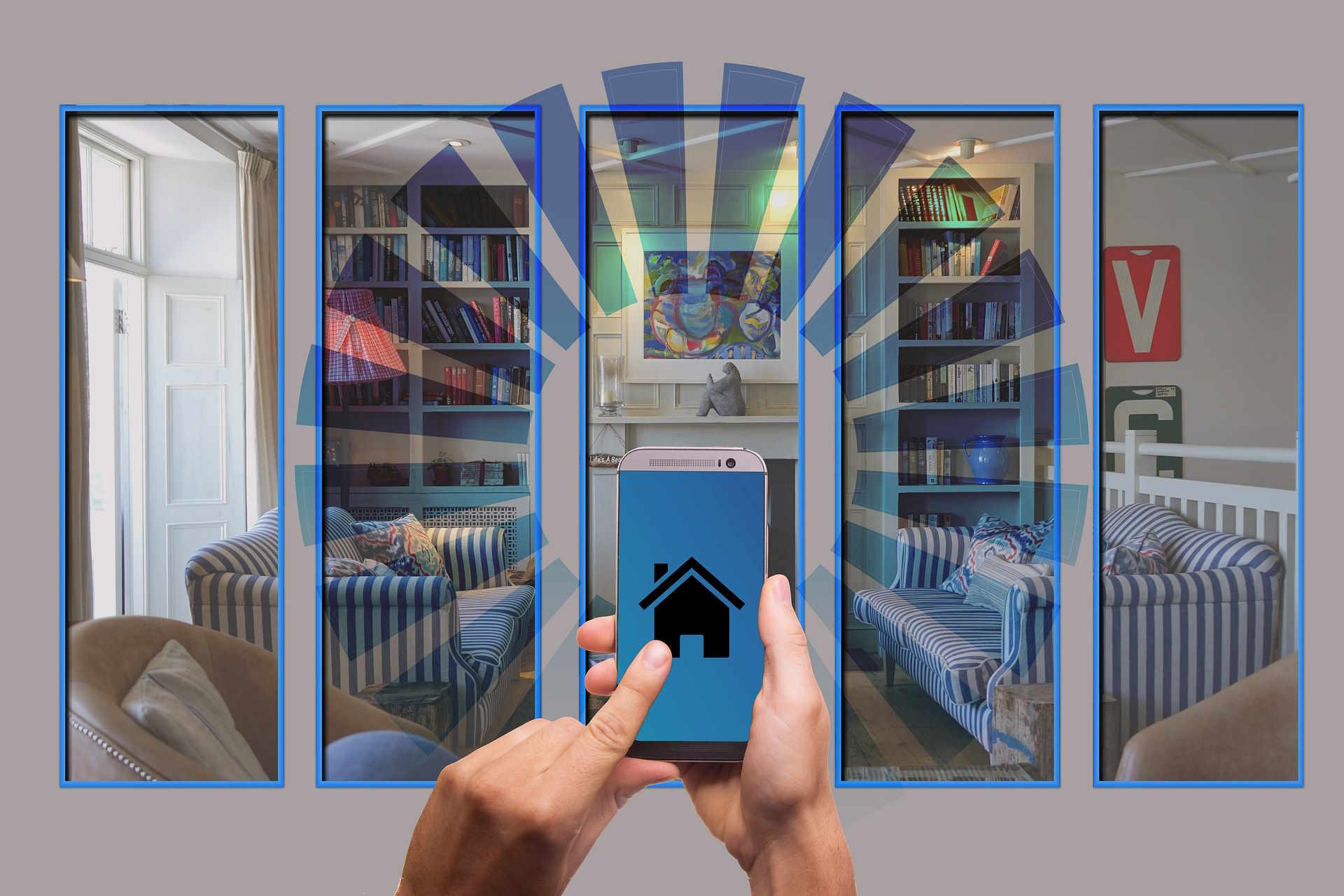Smart Curtains: Function, Control Options, and Installation
Motorized curtains that connect to home systems — often called smart curtains — let you open and close window coverings automatically or from a distance. These systems combine a motorized mechanism on curtain tracks with electronics and software that accept commands from a smartphone, an app, timers, sensors, or voice control. The result is convenience, greater control over light and privacy, and potential energy savings when scheduled effectively.

What are smart curtains and how do they work?
Smart curtains are traditional draperies or blinds fitted with a motor and control electronics that move the fabric along curtain tracks. The motor can be integrated into the track or added as a retrofit unit that attaches to an existing rod or rail. A controller interprets signals from a remote, app, or automation hub and drives the motor to open, close, or stop at set positions. Many systems include limit settings so the motor knows the fully open and fully closed positions, plus sensors (light, temperature, or motion) for automated responses.
How to control smart curtains with a smartphone and app?
Most smart curtain systems pair with a dedicated app that runs on a smartphone or tablet. The app typically allows real-time control (open/close/stop), set scheduling, create scenes, and monitor device status such as battery level or connectivity. Some apps connect directly to the curtain via Bluetooth or use a Wi‑Fi bridge to let you control curtains remotely over the internet. Look for apps that support reliable scheduling, clear status indicators, and integration with other smart-home apps or hubs if you plan broader automation.
Can smart curtains use voice control?
Voice control is a common option for smart curtains and is usually provided through a smart-home platform or voice assistant. Once a curtain device is linked to a voice ecosystem, you can issue commands like open, close, or move to a percentage position. Voice control works best when the curtain system exposes clear device names and positions to the voice platform. Keep in mind that voice control often depends on the network bridge or hub; if that intermediary is offline, voice commands may not reach the curtain motor even though local physical controls still work.
What to consider about curtain tracks and installation?
Curtain tracks vary by load capacity, length, and shape — straight, curved, or adjustable — so motor selection must match the track and curtain weight. Curtain tracks intended for motorization should handle continuous loads and smooth gliding; some retrofit motors are designed for standard tracks while others require a motor-specific rail. Power options include hardwired mains, plug-in adapters, or rechargeable batteries; battery-powered setups reduce wiring but require periodic charging or swapping. Installation can involve accurate measuring, ensuring track alignment, securing mounting brackets, and configuring motor limits. If you’re unsure, check for local services experienced with motorized drapery or consult installers in your area.
Compatibility, automation, and privacy considerations
When adding smart curtains to a connected home, pay attention to communication standards (Wi‑Fi, Bluetooth, Zigbee, Z‑Wave) and whether a bridge or hub is required. Compatibility influences how easily curtains integrate with existing automation like lighting scenes, thermostats, or sensors. Automation scenarios include time-based schedules, light-level responses, or coordination with TV or alarm modes. Also consider software updates and account security: devices that receive firmware updates typically address bugs or security issues, and isolating smart home devices on a separate network can reduce exposure. Finally, check the app’s data and privacy settings so you understand what device data is stored or shared.
Conclusion
Smart curtains combine motorized curtain tracks with connectivity and software to offer remote control, scheduled operation, and integration with broader home automation. Key factors when choosing a system include the type of curtain track, power source, supported control methods such as smartphone apps and voice control, and compatibility with existing smart-home platforms. Proper planning for installation, maintenance, and security helps ensure the system performs reliably and fits the needs of the space.






